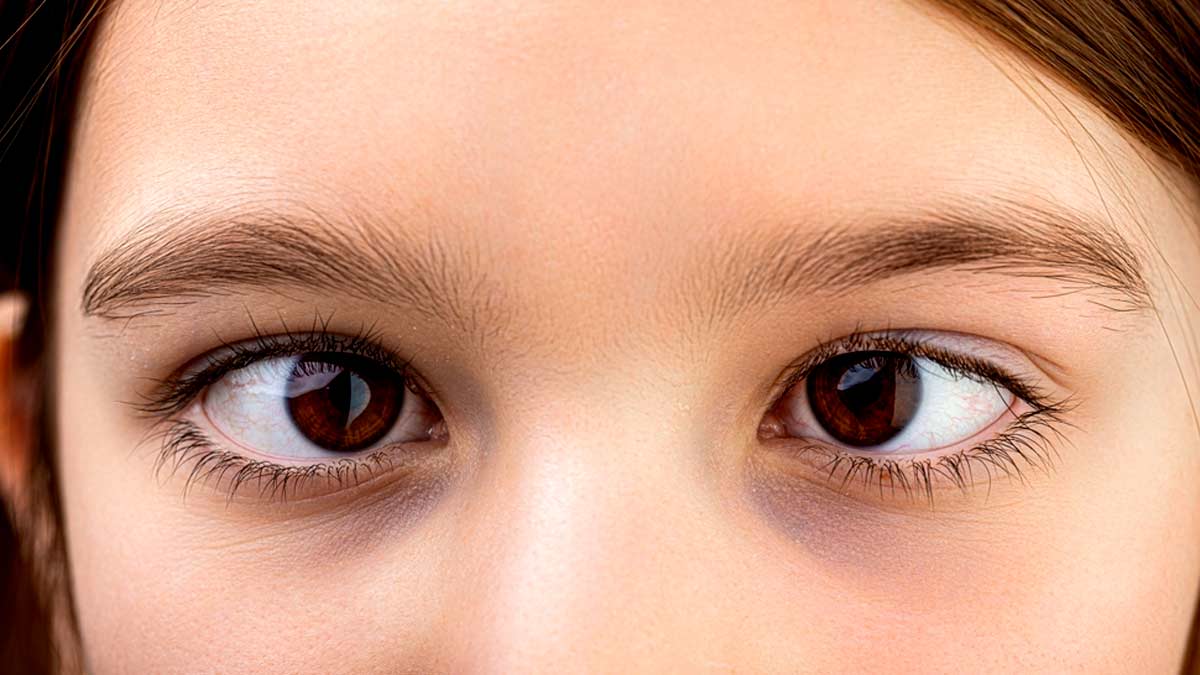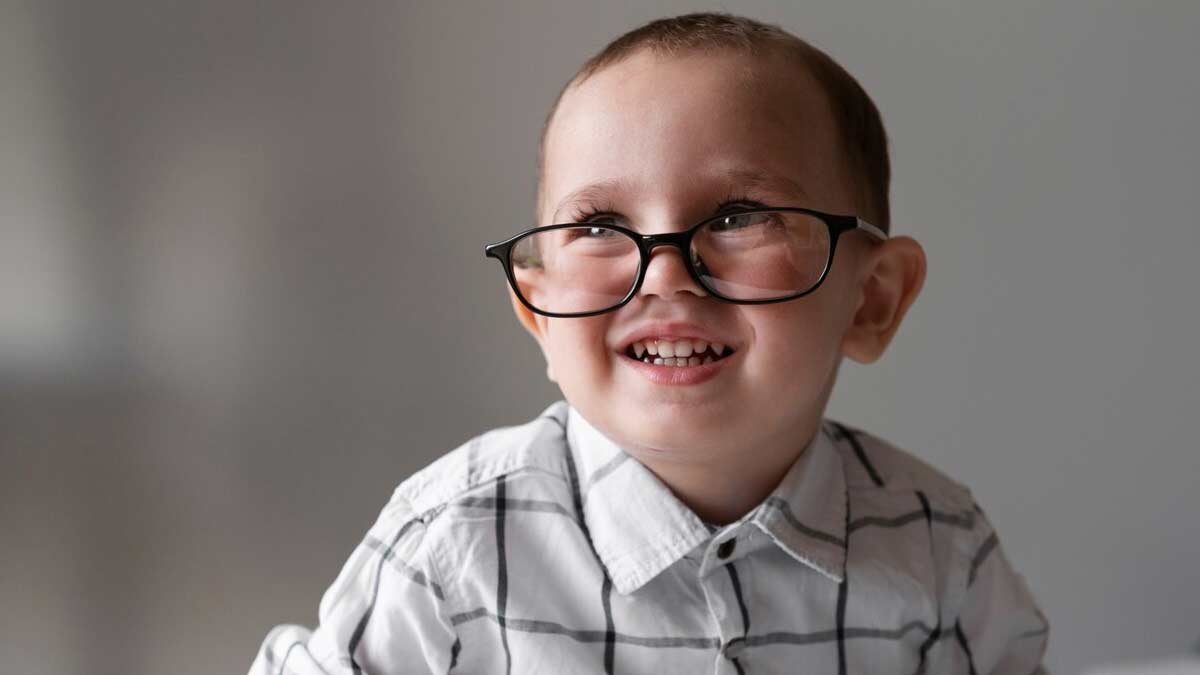
You may be familiar with a squint, or cross-eyed, which is medically termed as strabismus. The Johns Hopkins Medicine (JHM) defined strabismus as a ‘misalignment of the eyes, causing one eye to deviate inward toward the nose, or outward, while the other eye remains focused.’ The Boston Children’s Hospital (BCH) shared that a squint affects 2-4% of the population, making it the most common eye condition in children.
Table of Content:-
However, as relayed by JHM, if the squint is not treated on time, it can cause amblyopia, also called ‘lazy eye,’ which can result in blindness in the squint eye. The BCH shared the shocking statistic that amblyopia affects almost 50% of young children who initially had a squint. To create awareness about the right age and methods of correcting a squint, the team of OnlyMyHealth spoke to scientist Dr N Soumittra, Disease Head, Ophthalmology, MedGenome.
Right Age To Correct A Squint
.jpg)
Infants and young children usually develop strabismus by the age of three, according to the American Optometrist Association (AOA). “The right age to correct a squint depends on several factors, including the type and severity of the squint, the age of the individual, and the underlying causes. In children, it is generally recommended to start treatment as early as possible, often before the age of 2-4 years,” recommended Dr Soumitra.
Listing the reasons why squints usually happen, Dr Soumitra shared:
- Problems with the eye muscles or the nerves that control them.
- Genetics.
- Near-sightedness or farsightedness.
- Uncorrected vision problems.
- Underlying health conditions
- Eye injuries.
Also Read: Eyes Do Not Align Properly? Expert Explains Squint Eyes, Its Causes And Treatment Measures
“Early intervention is crucial as it can help prevent permanent vision problems and ensure better outcomes,” she advised, adding that, “squint correction can also be performed in adults, although the treatment approach will differ.”
Can Squint Be Treated Without Surgery?

Dr Soumitra informed the team that several treatment options, tailored to the specific diagnosis are available for correcting strabismus. “In some cases, especially when detected early, non-surgical methods like can help improve eye alignment and coordination. However, surgery is often the most effective way to achieve proper alignment for more severe or long-standing squints,” she said.
Also Read: Expert Shares Ways To Take Care Of Your Kid's Eyesight From Early Age
Elucidating the treatment methods, she listed:
- Prescription eyeglasses for cases linked to poor eyesight.
- Eye exercises are conducted under the guidance of a specialist to improve eye coordination.
- Prism lenses to align the eyes are particularly beneficial for small or intermittent squints.
- In instances of amblyopia, patch therapy, involving the covering of the stronger eye to encourage the weaker eye's development, may be prescribed.
- Botox injections into eye muscles can temporarily weaken certain muscles to improve alignment.
- Surgical correction may be necessary for significant or persistent strabismus, with the goal of adjusting the eye muscles to realign the eyes properly.
Dr Soumitra concluded that squint is a multifaceted eye disorder with complex inheritance patterns. It is shaped by a combination of genetic factors and environmental influences like refractive errors, neurological factors, and injuries that can contribute to the condition. She strongly underlined the importance of regular follow-up appointments and ongoing eye care to monitor progress, maintain proper eye alignment, and achieve optimal recovery from squint.
Also watch this video
Read Next
Asthma And COPD Cases Up By 50% In Delhi: Experts Cite Increasing Air Pollution As The Cause
How we keep this article up to date:
We work with experts and keep a close eye on the latest in health and wellness. Whenever there is a new research or helpful information, we update our articles with accurate and useful advice.
Current Version